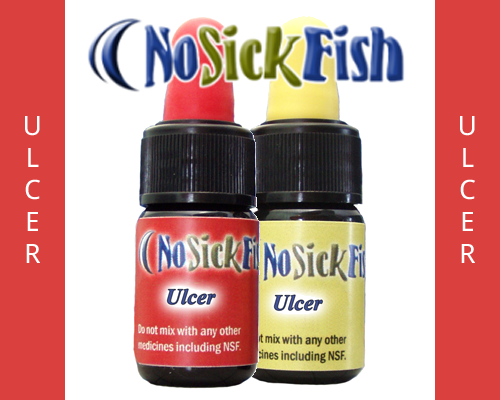Knowing More About Ulcers in Fish
It makes sense that if you are going to own fish, you will want to take the best possible care of them. That is why, every time you notice anything off about your fish, you will probably run to see if it is something serious. This is generally a good idea when it comes to fish in fish tanks, as there are any numbers of things that can go wrong. Between diseases, viruses, bacteria, and fungus, a fish has a lot to contend with, and benefits greatly from a watchful owner. Ulcers in fish are something to particularly watch out for.
They require some patience and skill to handle. As a result, a guide is included below to help provide you the information you need to take care of your fish. If you think your fish have bacterial ulcers, then you need to act!
What Exactly Is a Bacterial Ulcer?
When it comes to humans, we usually deal with ulcers in and around our mouth. With animals that live in the water, ulcers can occur on the body. The ulcer is a wound in the body that extends to the muscle beneath. More often then not, the ulcer will fail to heal, and bacteria will grow inside. This will become a health risk for the fish.
What Causes Bacterial Ulcers?
The ulcers themselves are most commonly caused by terrible water conditions. This can come from the water having too many chemicals in it. Trauma and stress can also cause ulcers, as well as an inability for the fish to fight them off.
Treatment
The good news about bacterial ulcers with fish is that they have a very high success rate when treated with our antibiotic drops. That means that most likely, your fish will be all right. Some older treatments require direct application. Our drops can be applied directly into the tank and there’s no need to handle your fish, which only causes more stress. In addition, replacing the water often and keeping the levels of ammonia and nitrate down will help the fish.
Prevention
There are three primary things to consider when preventing future ulcers.
The first is replacing the water with water from a good source.
The second is measuring the temperature, and making sure the fish are comfortable and not stressed.
The third is keeping close track of the PH level.
As with most fish diseases, the right environmental conditions will prevent future occurences of this disease.








